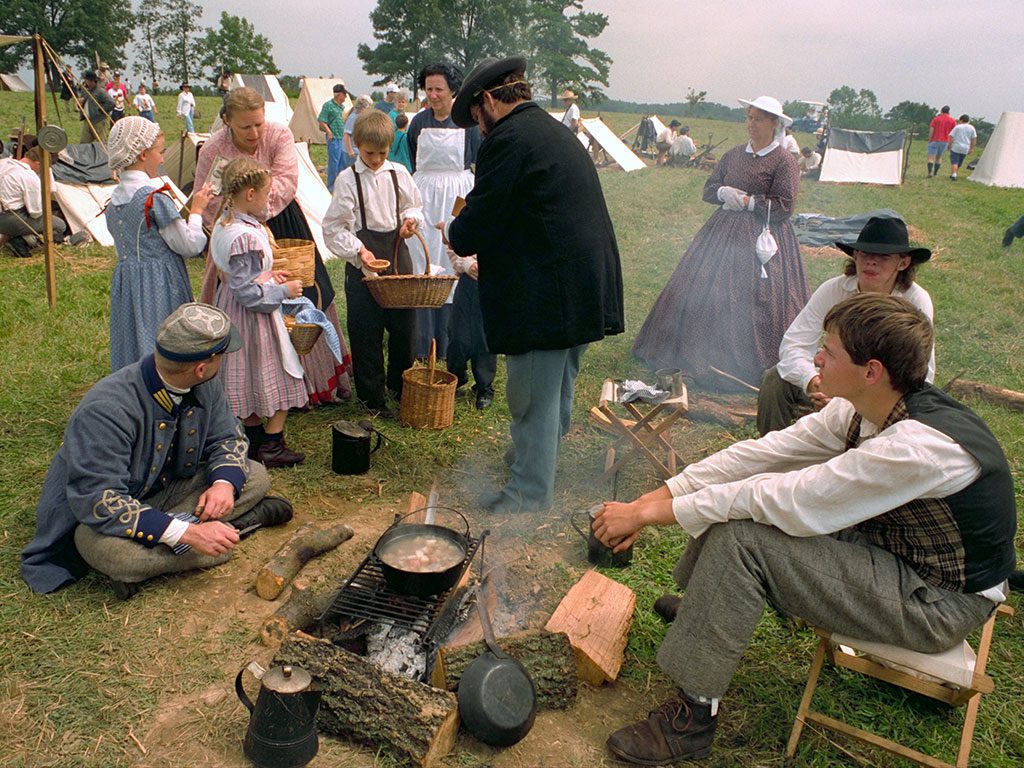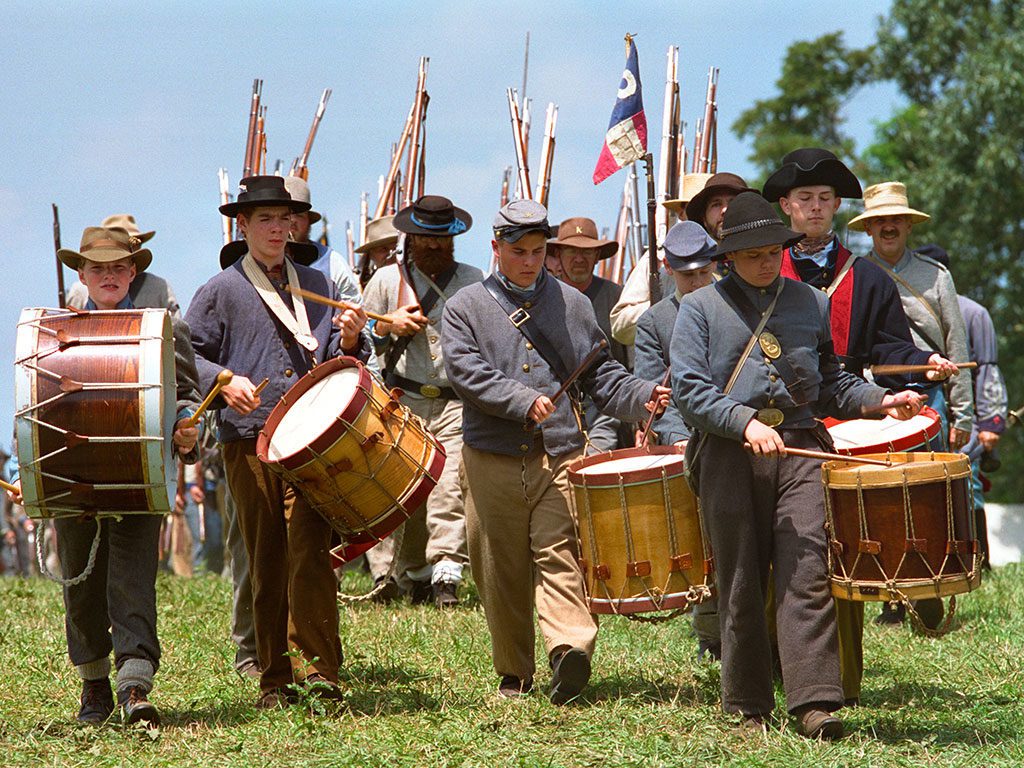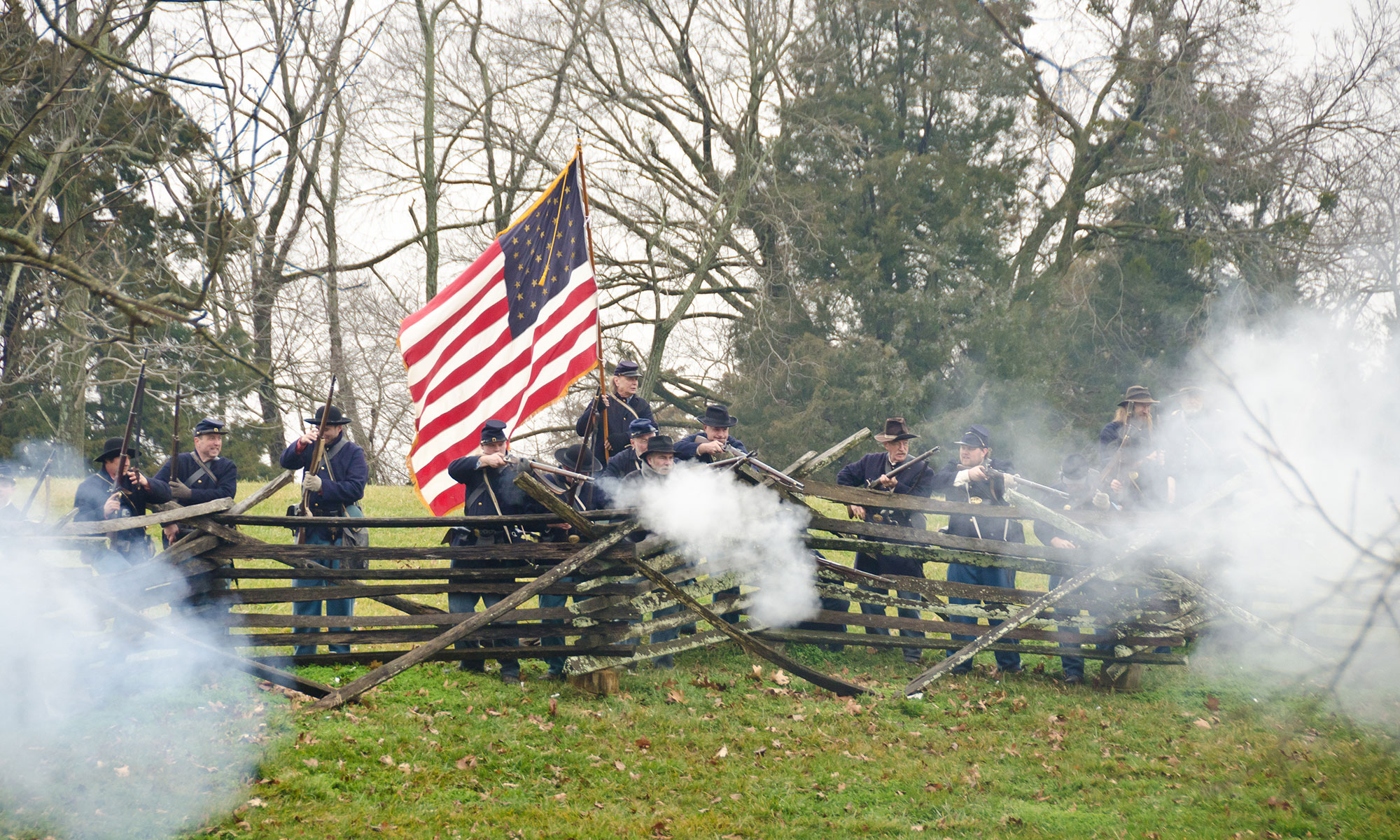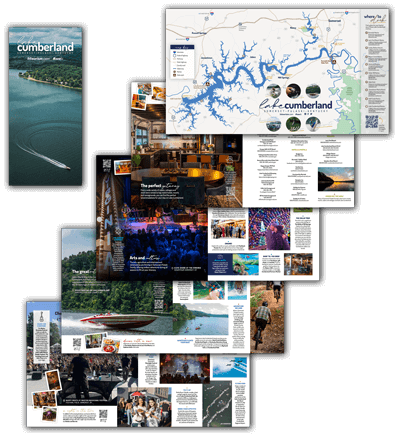It was a cold, rainy morning, a sky like steel, in January 1862.
About 6,500 Confederate soldiers had marched all night to gather in southwestern Pulaski County, thinking they would take the Union by surprise. Instead, 4,500 soldiers were lying in wait, more experienced, better equipped, ready to fight.
Their subsequent battle was bloody, muddy and disorganized, taking place over hours that rainy, misty morning on hills and ravines of what is now Nancy, Kentucky. The Confederates struggled with their antiquated flintlock muskets, which often wouldn’t fire in the rain. They also lacked strong leadership — it’s suspected Maj. Gen. George B. Crittenden was drinking at the time of battle — and were finally forced to retreat.
By the time the fight was over, 120 Confederates had been killed in action, including Brig. Gen. Felix Zollicoffer, for whom the battlefield’s park is now named. In turn, 39 Federal soldiers lost their lives that day. Hundreds more were injured on both sides.
It was the first decisive Union victory of the Civil War and a piece of history that is alive and well thanks to the Battle of Mill Springs reenactment, which will be presented Nov. 2-3 for the general public.
This year’s event is particularly significant as it will be the last time the battle will be reenacted. Earlier this year, President Donald Trump signed a bill that will absorb Mill Springs Battlefield into the National Park Service. This will ensure the historic area is preserved but will prevent future reenactments; policy does not allow gunfire on NPS property.
But Nov. 2-3, you can experience what the battle was like with faithful accuracy.
About 1,500 reenactors from “Florida, New York, Iowa, Michigan and everywhere in between” will be in attendance, said Bill Neikirk, former president of the Mill Springs Battlefield Association.
In organized units, soldiers will set up their military camp in the same formation as they were typically assembled in 1862. From the minute reveille is sounded on Saturday morning, the reenactors will be in character. They will sleep in era-specific tents, wear period military garb, and consume the same food and drink — bacon, hardtack, summer sausage, cheese, coffee — that were common in the 1860s.
There will also be a civilian camp set up, as well as sutlers — merchants who sold provisions to soldiers in the field — selling their wares. Here, spectators can buy anything from uniforms to toy guns to belt buckles. There will also be food vendors selling modern vittles.

The battle will be reenacted twice, once Saturday and once Sunday on different parts of the property because “the battle happened on different fields on that particular day,” Neikirk explained.
Each soldier will carry between 40 to 60 rounds of blanks to shoot for each battle. There will also be 20 full-scale cannons and about 250 reenactors representing the cavalry. The infantry will carry 1853 British Enfield rifles and bayonets. Officers carry swords and pistols.
But Neikirk said it would be a mistake to come to the event simply to see the battle.
“You’re missing the whole experience,” he said. “The thing to do is come early on Saturday and stay all day. The soldiers want to interact with you in the camp. Go and see how soldiers lived in 1862. We will also have a separate cavalry battle Saturday morning.”
“The thing to do is come early on Saturday and stay all day. The soldiers want to interact with you in the camp. Go and see how soldiers lived in 1862. We will also have a separate cavalry battle Saturday morning.”
Bill Neikirk, former president of Mill Springs Battlefield Association
On Saturday evening, “the most beautiful thing you’ll see is staying until dark and seeing the camps when they’re lit up with candles and lanterns and campfire,” Neikirk said.
There is a display of artillery fire and, afterward, there will be a military ball, which Neikirk also highly recommends spectators attend.
“The women come out of the civilian camp with their silk dresses on and the guys brush the dirt off their uniforms,” he said. “A Civil War band plays period music with period instruments. There are punch and white gloves and they do the grand march.”


And the next morning, after church service, the soldiers battle again, honoring the lives lost and the history that lies on this hallowed ground.
Visit the Mill Springs Battlefield Association website for detailed information about the history of the battle. Tickets will be available for purchase at Mill Springs Visitor Center and Museum or at the entrance gate. Tickets are $10 for adults, $5 for children ages 6 to 17, and free for children under 6. Two-day tickets are $16 for adults and $8 for children 6 to 17.
If you can’t make the reenactment, the Mill Springs Battlefield Association has also set up a 10-stop driving tour, which winds through important sites of the battle. You’ll visit the Confederate mass grave, peer out over Last Stand Hill, and tour the General’s headquarters at the Brown-Lanier House. You can download a brochure online or pick one up at the Mill Springs Visitor Center and Museum.


